Doing business in Indonesia
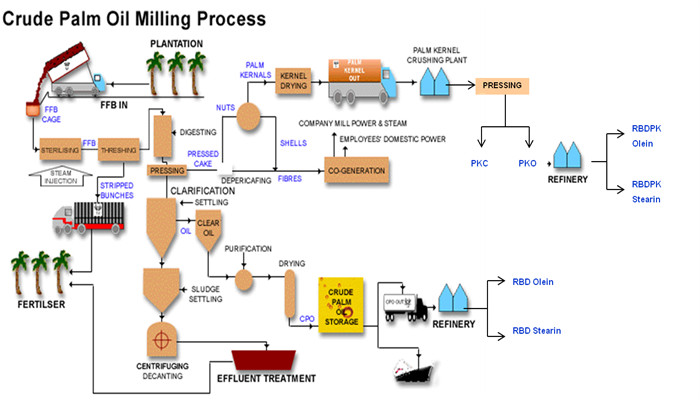
Palm oil press process
The economy has slowed over the last year to just below 5% growth rate and the rupiah, like many other currencies, has weakened. Export revenues have fallen due to the slowdown in China and declining global commodity prices. Imports have fallen even further as non-tariff barriers and negative market sentiment dampen demand. Though markets initially responded positively to expectations that a Jokowi presidency would boost the economy, there are many urgent issues the new president will have to tackle to keep Indonesia growing.Nonetheless, the Indonesian market has many positive attributes, as well.
(1)Indonesia has a GDP per capita of $3,540 ($4,900 at PPP) exceeds many of its ASEAN neighbors such the Philippines and Vietnam, and with 253 million people(World Bank), Indonesia’s economy comprises nearly half of ASEAN economic output.
(2)Indonesia is a thriving democracy with significant regional autonomy. It is located on one of the world’s major trade routes and has extensive natural resource wealth distributed over an area the size of the United States and comprised of over 17,000 islands.
(3)It is a top-ten market for U.S. agricultural products.
(4)The number of households in Indonesia earning US$5,000 to US$15,000 in annual disposable income is expected to expand from 36% of the population to more than 58% by 2020.
(5)More than 60 million low-income Indonesian workers are expected to join the middle class in the coming decade, significantly increasing the already strong consumer demand.
(6)Globally, Indonesians are the fourth largest users of Facebook (60.3 million, May 2014). According to Statista, in the 4th quarter of 2014, Indonesia was found to have the highest Twitter user rate in the Asia Pacific with 84 percent of the online population having an account on the social networking site.
Leave A Message
If you want to know more information about Doing business in Indonesia . pls kindly leave your phone number, We will back to you ASAP once we got your message.
-

-
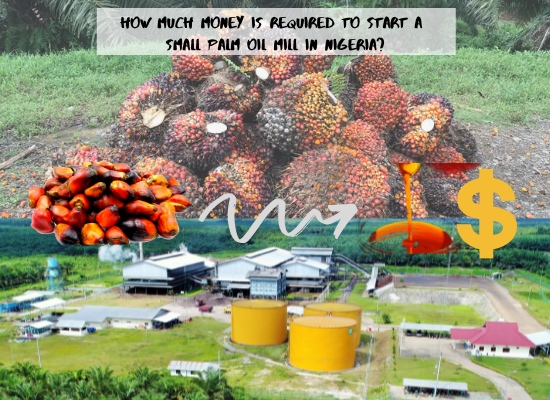
How much it will cost to set up a small scale palm oil mill in Nigeria?
-
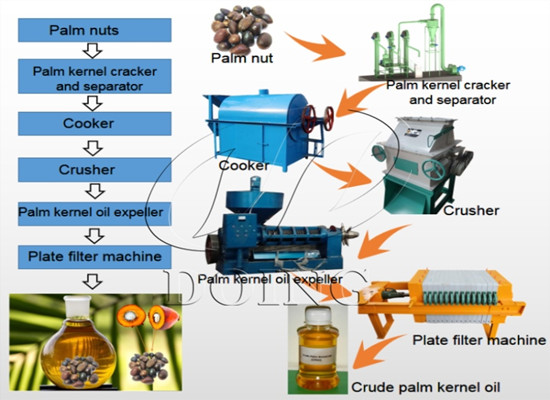
-
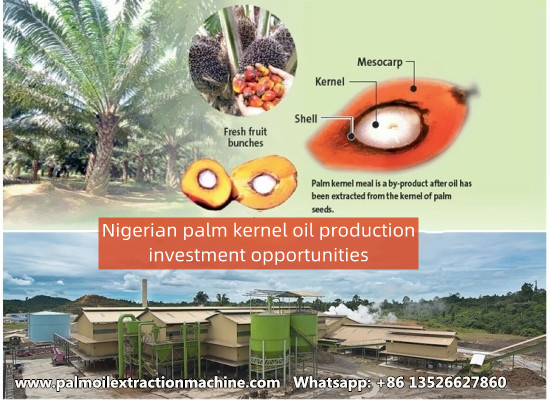
6 Reasons Why Palm Kernel Oil Production in Nigeria is a Smart Investment
-
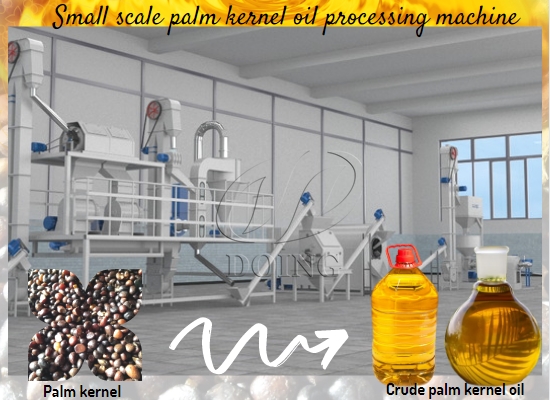
How can I get palm kernel oil in a palm kernel oil processing plant?
-
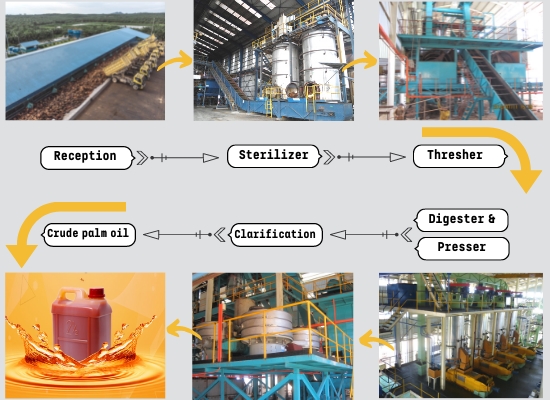
-
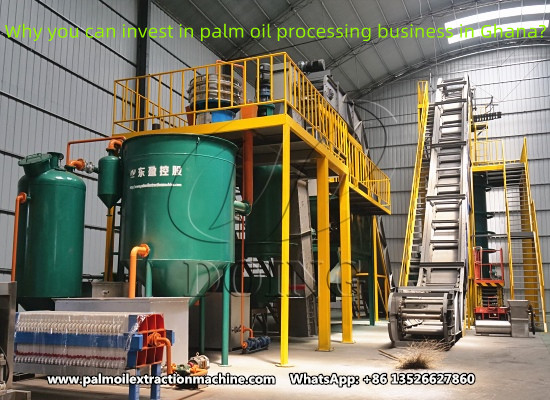
Why you can invest in palm oil processing business in Ghana?
-
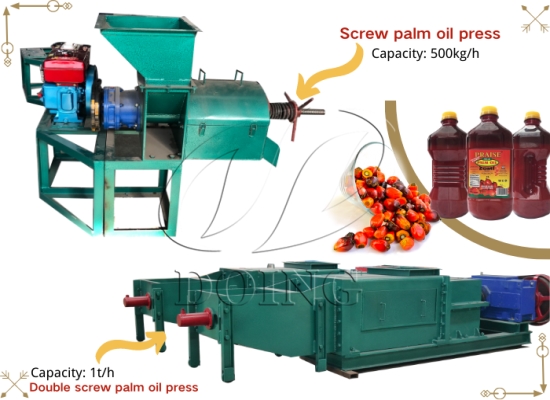
What are reasons that affect the oil yield of palm oil press?
-
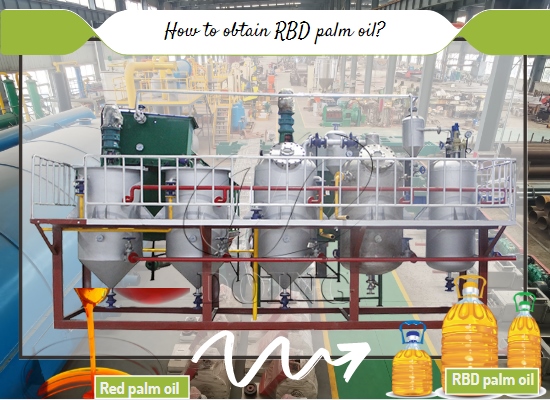
How much does it cost to setup a mini palm oil refining plant?
-
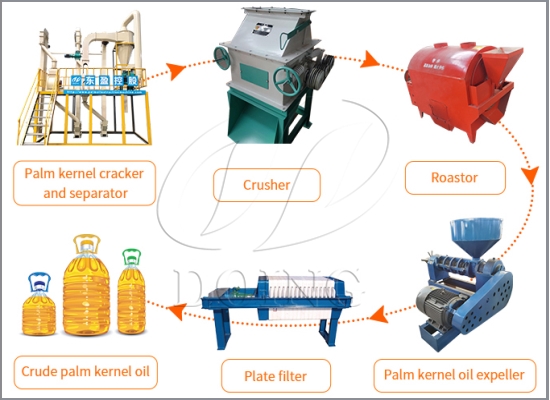
How do I start a palm kernel oil processing plant in Liberia?
-
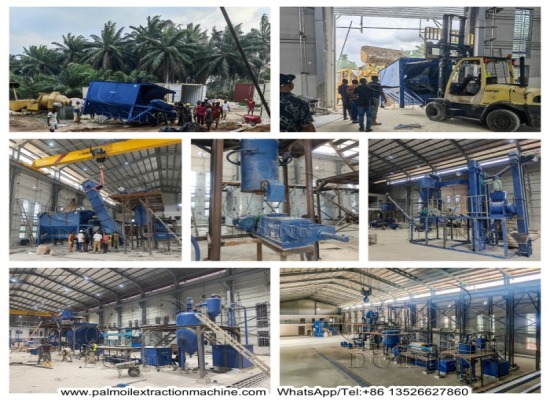
2tph Palm Oil and Palm Kernel Oil Processing Machines Project in Nigeria
-

-

-
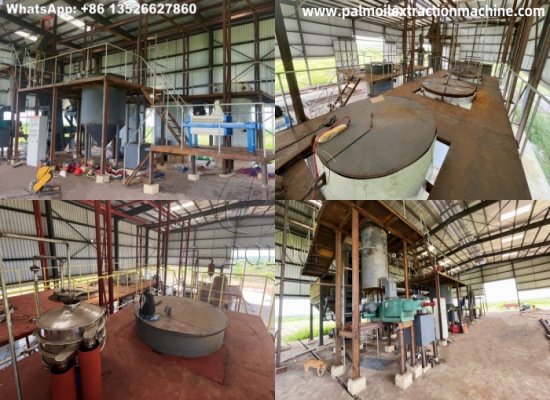
1tph palm oil pressing machines successfully installed in Lagos, Nigeria
-
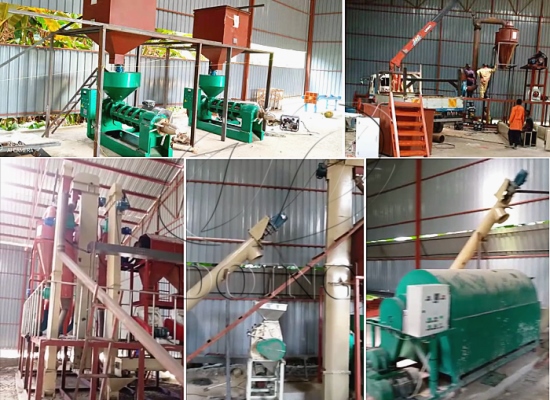
-
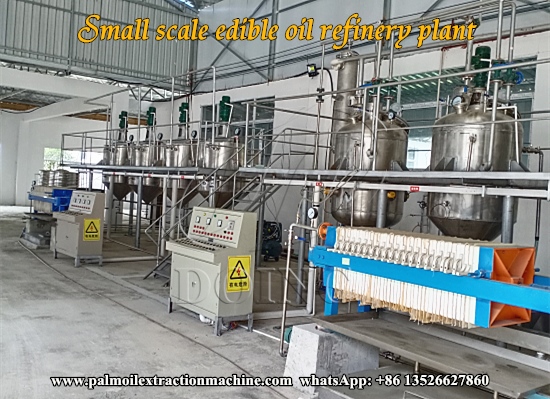
-

-
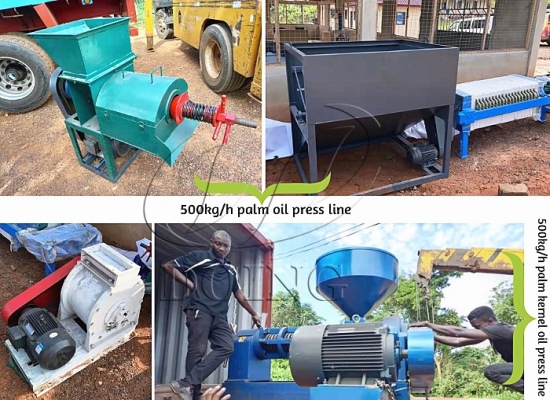
500kg/h palm oil and palm kernel oil processing plant project in Ghana
-
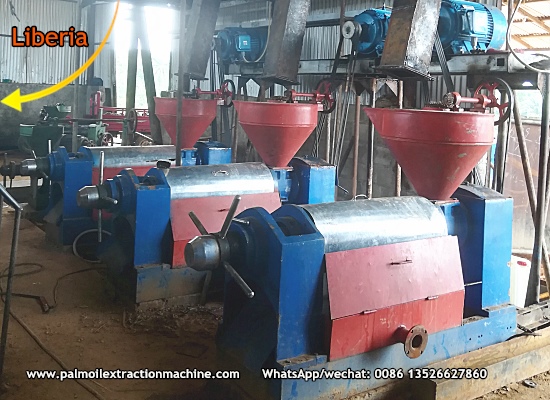
-
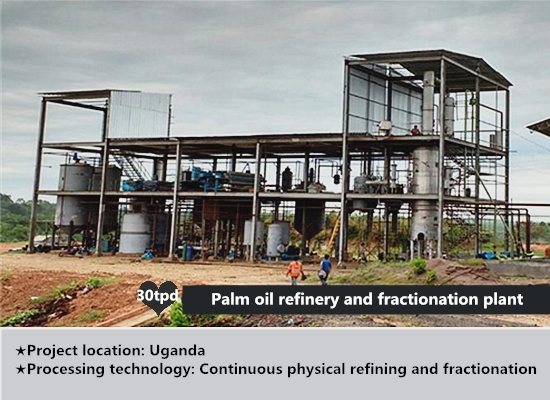
30tpd palm oil refinery and fractionation plant project successfully installed in Uganda




